
January 2017
Anson Revisited
By Paul Harvey
In August 2016, Tom Rapp and I returned to England to view more of the marvelous engine museums. Our first destination was London, and I shared that visit in my October 2016, The Flywheel article entitled "London's Engines." This article can be viewed on our website. Leaving London, we took a train north to Manchester where we rented a car to visit that area. The train was absolutely smooth and noiseless as we traversed the countryside at 125 miles per hour. Our thoughts then turned to the Anson Engine Museum.
We soon arrived at the Deanwater Hotel, Photo 1, a quaint English inn that had begun as a private hunting club in the 1650s. It is named for the River Dean, in reality just a little creek that runs beside it. This is a very rural and quiet area in the midst of rolling hills and farmland. Having stayed there the year before, we were greeted as old friends and soon had a great dinner. The evening was spent walking through the beautifully manicured grounds, such a change from bustling London.
The next morning we had a great breakfast at the Deanwater, then drove about two miles to visit Christ Church for the morning service. See Photo 2. Anglican, of course, it was built about 1700. The Vicar preached a moving sermon to the small congregation. We were then invited to have coffee and cookies, along with some very good conversation. Traveling on we drove through the village of Poynton, the only town in the area. As seen in Photo 3, the downtown area has the infamous double roundabout, which seemed like "free for all" to us.
A few more miles of narrow, twisty roads brought us to the Anson Engine Museum; the entrance is seen in Photo 4. The Anson name came from a large coal mine that once occupied the site. Our friends there greeted us warmly and then directed us to one of their new exhibits, a very old box bed steam engine that was running perfectly. Note Photo 5. The aroma of hot oil and steam gave a perfect ambience to the display!
Since Coolspring is featuring "hot air engines" at our June 2017 Exposition, my first goal was to seek out and photograph all the hot air engines at Anson. I was surprised to find they did not have many, and most shared the same design. None were labeled, and I only saw two in operation. The others were not prominently displayed. I will include them as Photo 6, Photo 7, Photo 8, Photo 9, Photo 10, and Photo 11.
Any visit to Anson requires seeing the huge three horsepower, free piston, Crossley engine in operation. Usually called "The Rattling Monster," it has been finely tuned and operates so much quieter. Built in 1877, it originally was located on the third floor of a warehouse to operate a hoist that lifted items from street level. Photo 12 shows the engineer operating the hoist control, while a young engineer observes. He will soon be operating the engine and hoist!
Photo 13 shows Tom and Tony immersed in a conversation about the big steam engine. Anson's engineers always have time to address any questions, which makes a visit so pleasant. In another display area, we find Paul, Photo 14, admiring an early Diesel engine. Although a static display, the background makes it very informative.
One of the oldest engines on display is this 1867 Hugon, which operates
Lenoir cycle. See
Photo 15.
Although not in operation, it provides a fascinating and
informative display. The nameplate is shown in
Photo 16.
This engine is on loan from the
My next goal was to witness the starting of the 75 horsepower, four-cylinder Gardner engine with all the fire from the starting torches. It is a complex and fascinating machine. I was delighted to find the engineer was Roger Gardner, grandson of the firm's founder, Lawrence Gardner. When the demonstration concluded, Photo 17, I had a delightful conversation with Roger and learned so much about the engines the company produced. After 125 years, the pressure of competition, mergers, and emissions finally caused the name to disappear. Photo 18 is a portrait of Lawrence Gardner.
Gardner built a wide variety of engines, both horizontal and vertical, using either gas or oil as fuel. They progressed into high speed, multiple-cylinder engines adapted for truck usage. The Anson museum has an entire room dedicated to the various Gardner engines. Photo 19 depicts an early Gardner shop with the original lathe. Some engines can be seen. A very early four horsepower, hit and miss gas engine is seen in Photo 20. It powers a hoist and seems to run constantly to the delight of the viewers. Photo 21 shows a modern truck diesel, built from 100 horsepower to 350 horsepower. It is indeed a handsome engine
All too soon the Anson visit was over, so we drove on a few miles to the The Boars Head pub, Photo 22, for a great dinner of steak and kidney pie. It was a great day!
Coolspring Power Museum will be featuring hot air engines at our Exposition on June 15, 16, and 17, 2017. This event promises to be one of the largest gatherings of these engines in the country. Please visit the museum to see them all.
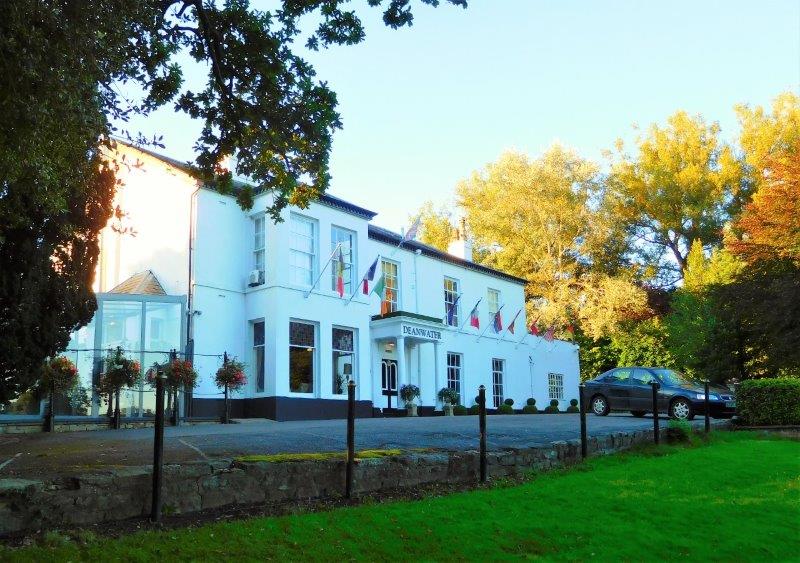
Photo 1: The Deanwater Hotel
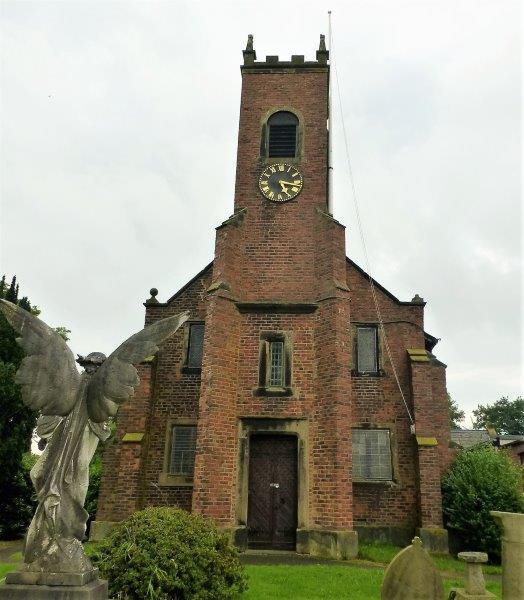
Photo 2: Christ Church in Woodford

Photo 3: Poynton double roundabout

Photo 4: Anson Engine Museum
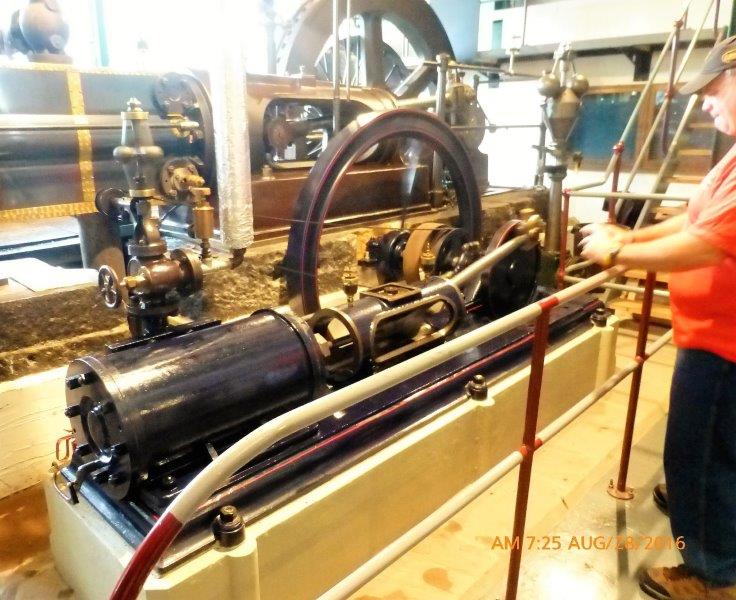
Photo 5: Box bed steam engine

Photo 6: Hot air engine 1
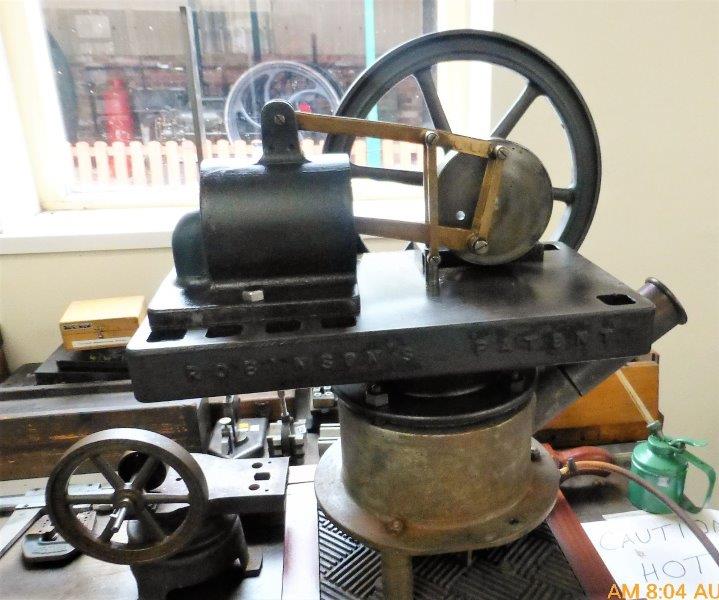
Photo 7: Hot air engine 2
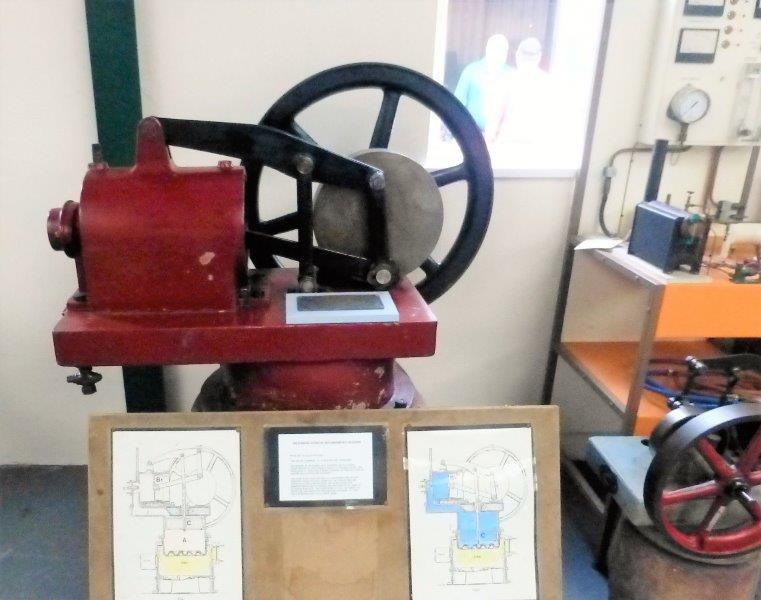
Photo 8: Hot air engine 3

Photo 9: Hot air engine 4

Photo 10: Hot air engine 5
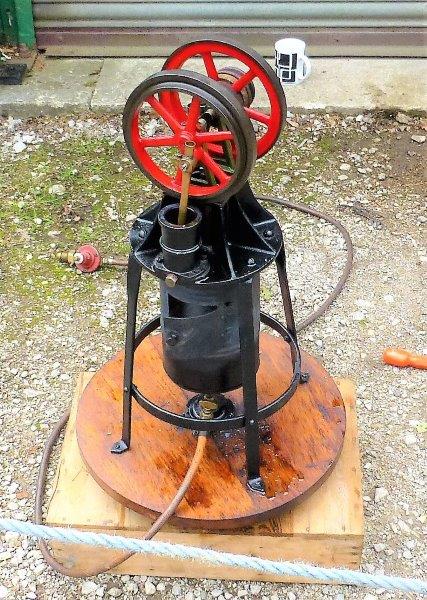
Photo 11: Hot air engine 6
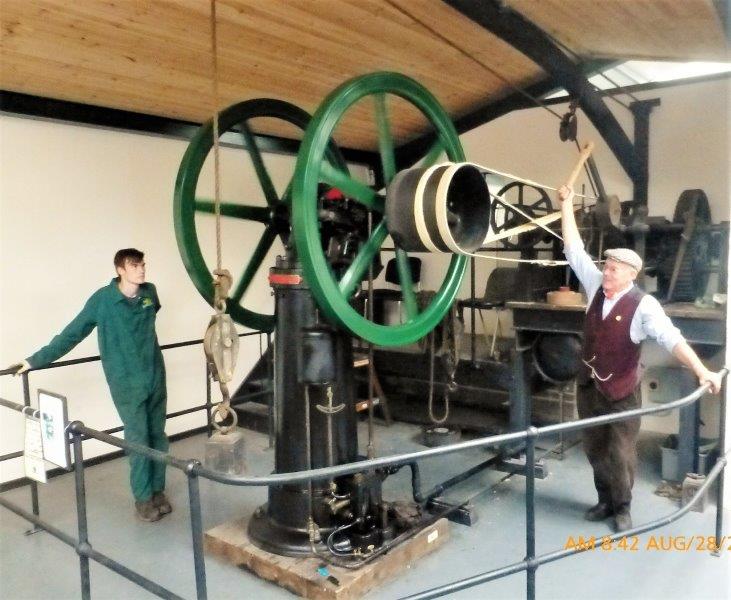
Photo 12: Crossley free piston engine: "The Rattling Monster"
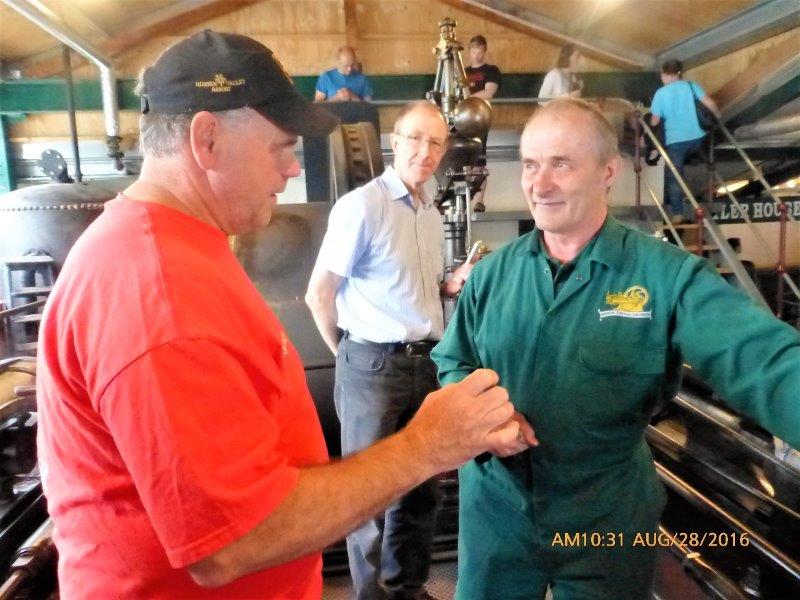
Photo 13: Tom and Tony discussing the steam engine

Photo 14: Paul and early Diesel engine
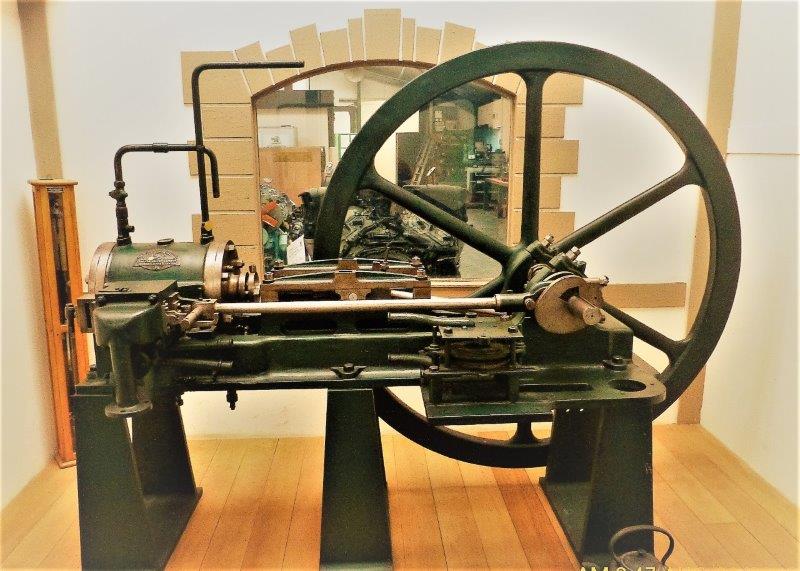
Photo 15: 1867 Hugon engine
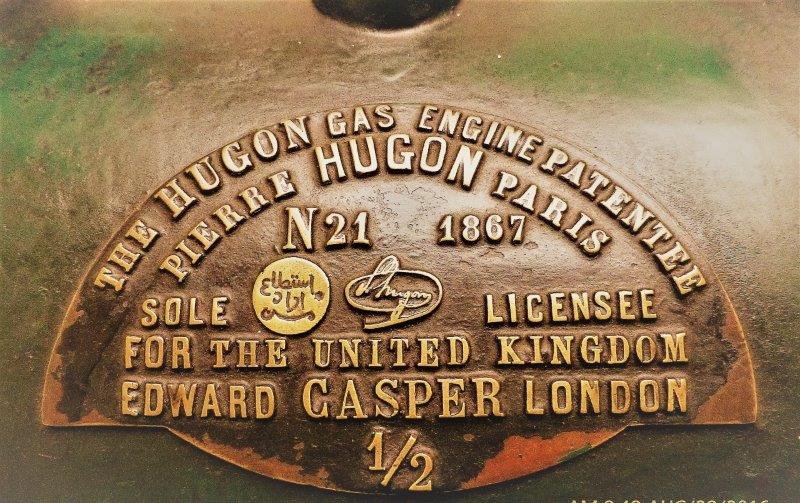
Photo 16: Hugon nameplate
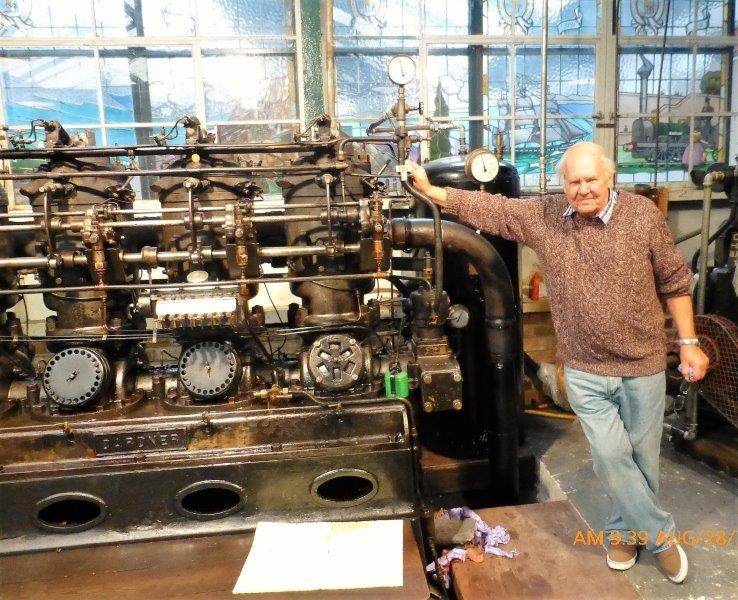
Photo 17: Roger Gardner and Gardner engine
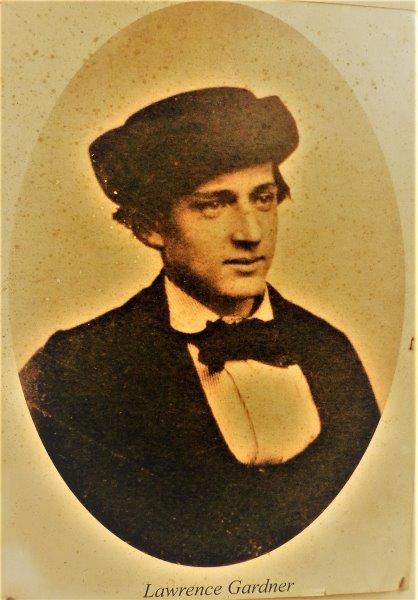
Photo 18: Portrait of Lawrence Gardner

Photo 19: Gardner workshop display
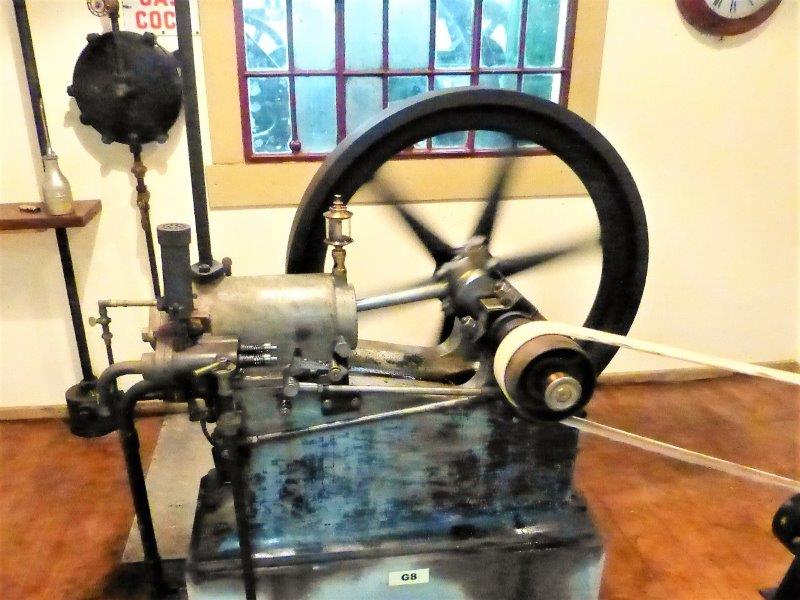
Photo 20: Early Gardner hit and miss engine
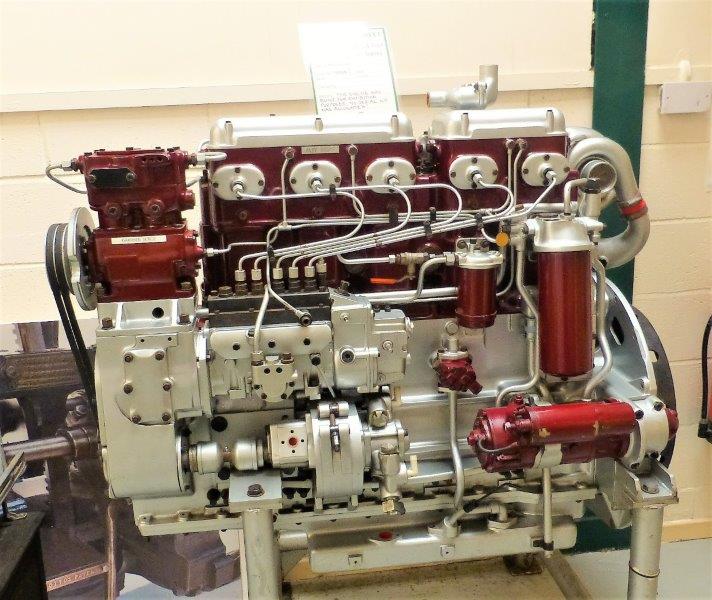
Photo 21: Gardner diesel engine for trucks

Photo 22: The Boars Head pub